Location stats provide some incredibly valuable insights in marketing. They’re immensely helpful to understand things like where customers live, where they interact, and where the most profitable areas are. They just provide a totally different lens through which to view your business, helping to guide investments. If you run a business, you could benefit from location analytics software.
Take a retail chain, for instance. Let’s say you have five stores: one in New York, Los Angeles, Seattle, Salt Lake City, and one in Boston. Your Boston store attracts 40% of your total customer base, while your New York store attracts only 5%. You can use this insight to see where you might invest or strategize for improvement.
It could also be as simple as using geographical data to understand where your customers live. For example, if you run an online business and predominantly ship products to the wider London area. In short, location analytics help you to understand and connect with the reality of your business on the ground.
In this guide, we’ll help you decide whether to invest in special location-based analytics software. Location intelligence software can be really useful, so let’s see whether your business aligns.
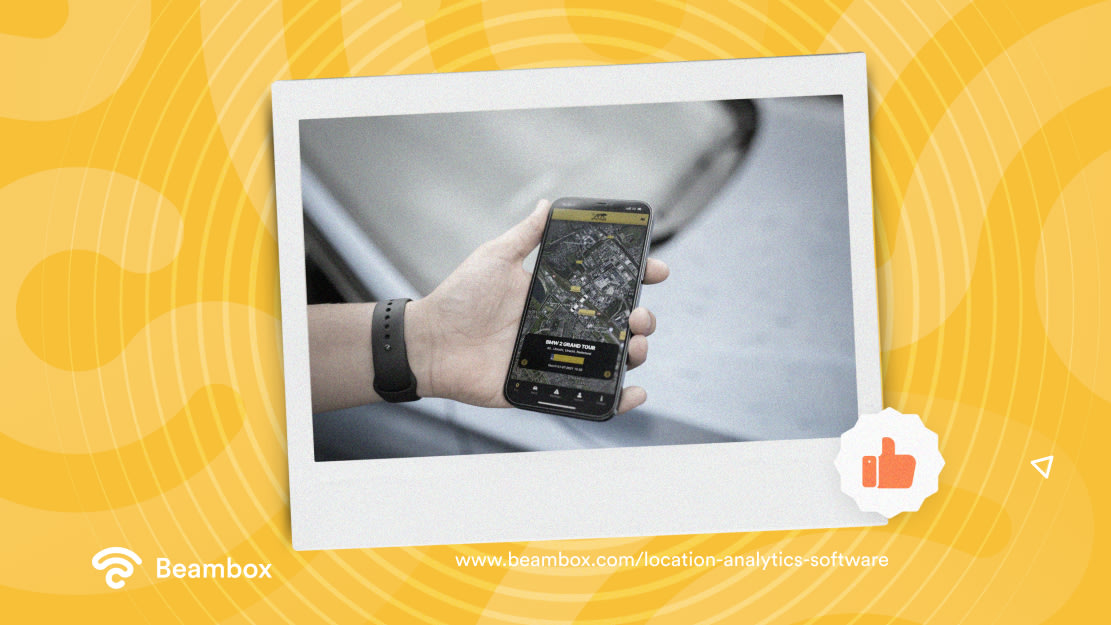
What Is Location Analytics Software?
Location analytics software is a type of spatial analysis that uses different methods and displays to present valuable geographical data. This means you’ll often see location intelligence solutions displaying data in maps, like heat maps. It uses geography to help you make data-driven solutions. Helpful, right?
This is really useful and commonplace in large chains. Large chains must make informed decisions about a wide range of stores and businesses. Therefore, evaluating them all together on a geographical basis is valuable. Similarly, it can be especially useful for remote businesses to help them better understand their audience.
You will likely refer to location-based data when creating marketing campaigns, as it helps you narrow down your audience. Similarly, it gives actionable insights, like showing you where the most profitable areas of your chain are. Think of it as a way to map out your business decisions quite literally.
There’s no specific format for this type of analytics software, although maps are popular ways to display data. Instead, the phrase is more of an umbrella term. It covers lots of different types of software and marketing strategies. It’s pretty much an endless and unrestricted strategy to tap into, which is fun to know.
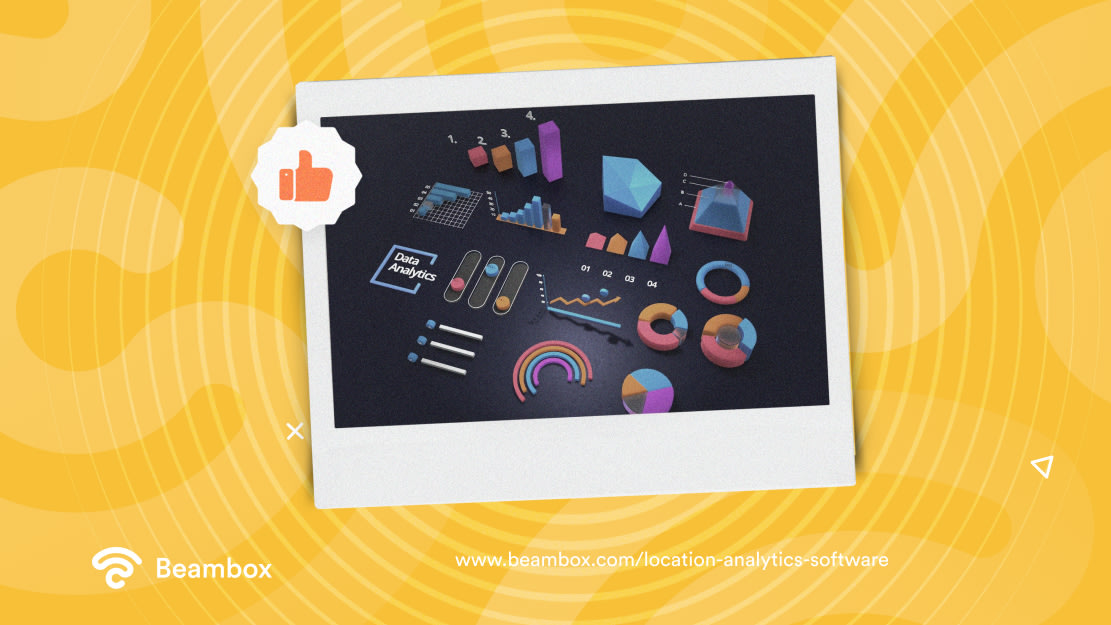
Top 3 Benefits of Location Analytics
Location analytics has many benefits, including a better understanding of your target customer. Now that you know exactly what location analytics are, let’s consider why you should care.
Having a solid understanding of the strategy’s benefits is a good idea. This way, you’ll be able to keep motivated and decide how much to budget for this software. Here are the top three benefits that you should definitely consider.
1. You Can Visualize Chains Better
If you have a chain business, location-based data helps you visualize things better. You can use valuable tools like heat maps to get a “bird’s-eye view” of your business. Rather than getting bogged down in nitty-gritty statistics, you get a more digestible overview.
There’s no denying that information visualization is essential. And even if you don’t own a complex chain, you may be a visual learner. As a visual learner, you comprehend information better when photos and graphs are involved. So, using location analytics to help visualize complex stats can do you and your business so much good.
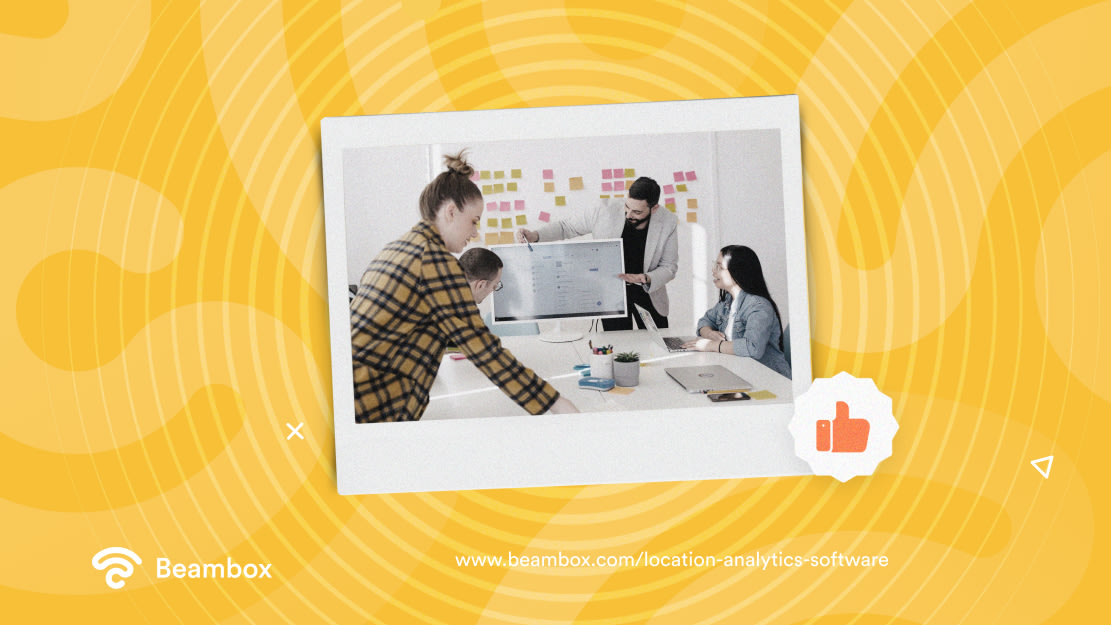
2. You Better Understand Your Target Customer
Using location analytics helps you to understand your target customers better. There are so many ways that location-based stats provide valuable customer details. For example:
- When customers order online, location-based data helps show you where your customers live: This impacts your trend analysis and helps you understand exactly who is resonating with your products. It might also influence business decisions. For instance, you may open a new warehouse in an area where most customers order to reduce shipping times.
- When a customer purchases in-store, it provides location-based data on how your store is performing: You can use geographical details to see where customers are buying and extrapolate trends from this information.
The more you can understand your customers’ behaviors, the better you can target your ideal customer.
3. There are Enhanced Marketing Efforts
Of course, both benefits above converge into much more effective marketing efforts. Enhancing your marketing is one of the best benefits of running location analytics. By using these valuable insights, you can target customers better, streamlining your marketing process. You can also better decide what to market and where.
For example, if most of your customers are UK-based, you can invest in Facebook ads that target that region. Location analytics helps to enhance your marketing efforts by providing you with the details you need to narrow down. It is one of the best benefits of location analytics; it gives you guidance and a marketing framework.
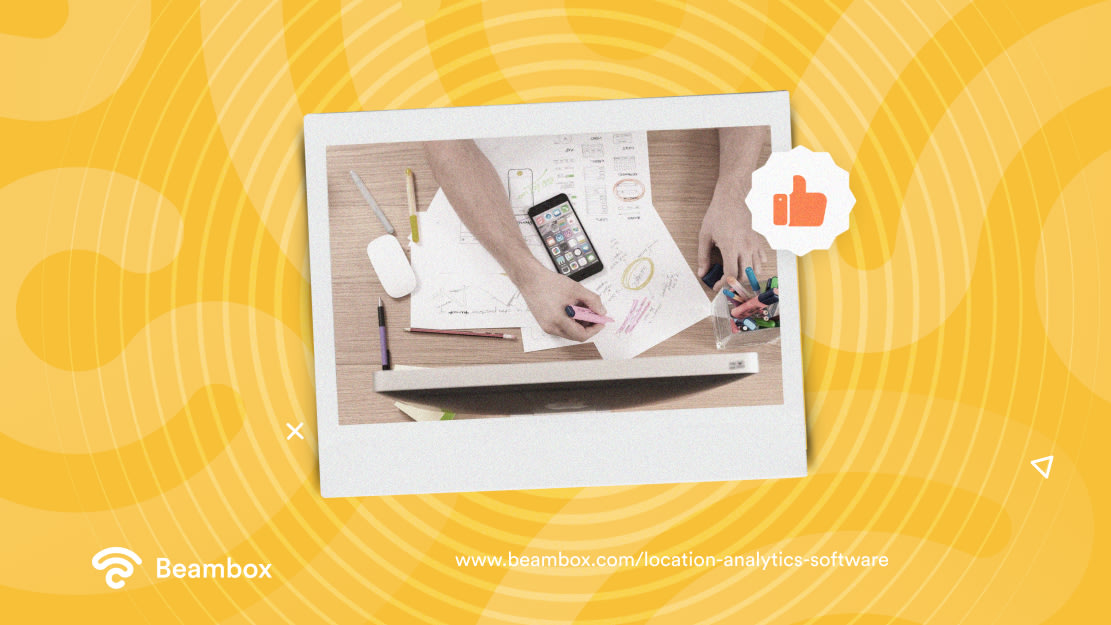
How To Set Up Location Analytics
Because location analytics is such an umbrella term, it can take some work to figure out exactly how to set it up. You need to break it apart to decipher what type of software you need. Don’t worry; that isn’t as complex as it sounds.
Here’s what to know about setting up geographical analytics for your business:
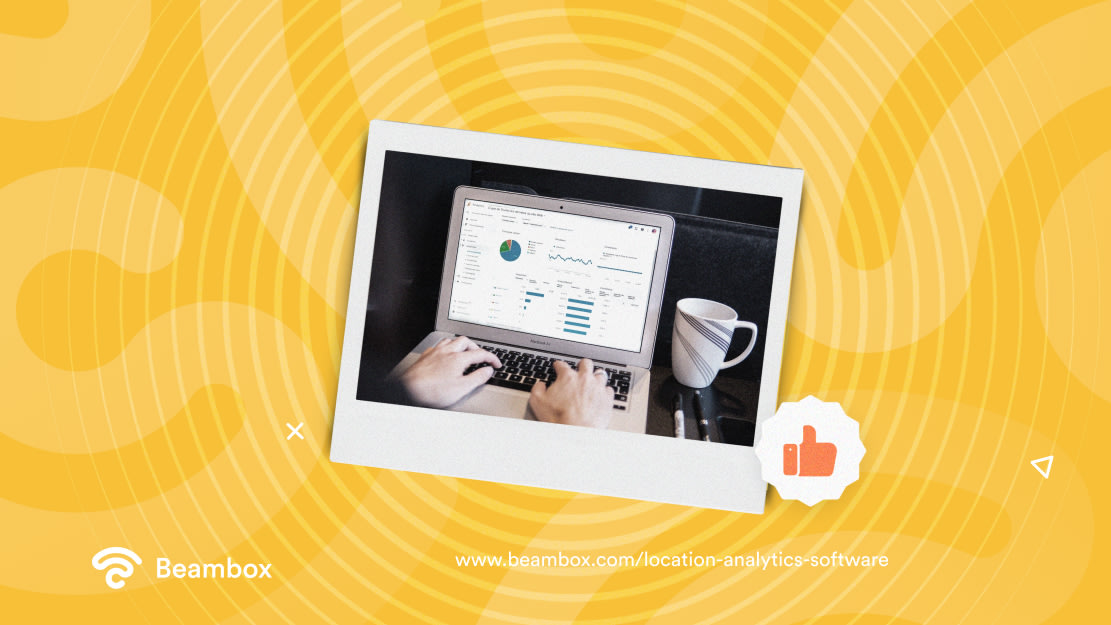
1. Establish Goals and Budget
Your first step is establishing what part of location analysis you could benefit from. How do you actually need location-based insights to drive your business forward? These are just a few examples that you may wish to consider:
- Customer location maps to help target marketing.
- Chain performance maps to help advise on investment and long-term management.
- Location of purchases to measure customer engagement and profit.
- Maps of competitors.
After establishing what you are looking for, take a look at your budget and see how much you can spend.
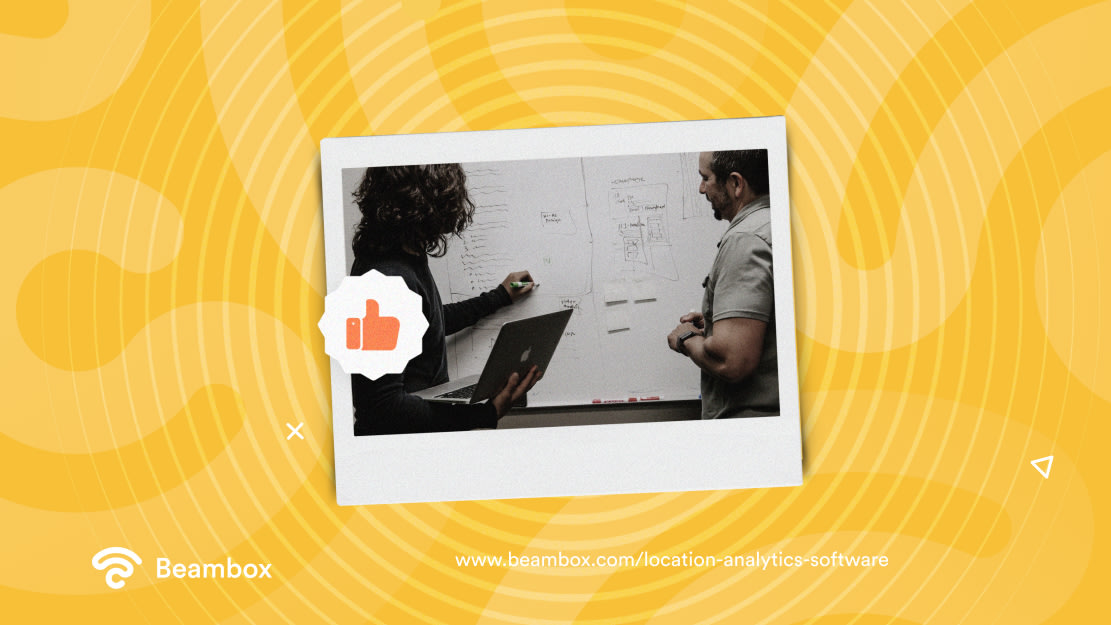
2. Shop for Software
Shopping for software is an exciting stage. This is when you start to look at what businesses offer location analysis in the ways you want.
You can Google different companies, check reviews, organize demos, and speak to their customer support. This stage concerns choosing a software company that aligns with your business and its needs.
These are a few features you should look for:
- A single dashboard displaying data is fantastic, allowing you to visualize results easily without having to extract them manually.
- Smart recommendations are great, as are using the data to prompt you to improve your business.
- Look for different types of data display formats, like heat maps versus pie charts.
3. Run a Trial Period
A trial period is our top recommendation. It allows you to test the product and reminds you to review its performance. You don’t want to forget to review your software, as it isn’t an entirely passive process. It may need some tweaking to get the best results.
Similarly, you don’t want to pull the plug before your software has had time to benefit you. It’s a great way to hold yourself to a period of commitment.
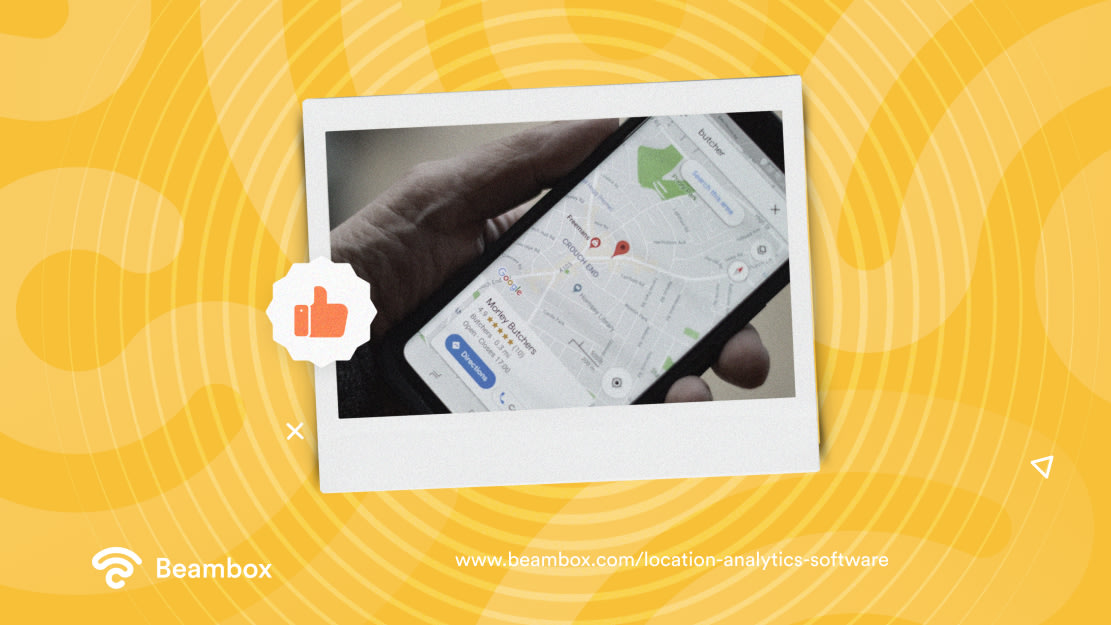
Beambox: WiFi’s Role in Location Analytics
Location analytics is fantastic for improving all types of business, especially remote companies or chains. It is similar to proximity marketing, which sends notifications based on customers’ locations. Instead, location analytics takes a more analytical approach. It provides data insights instead of making contact with customers.
So, what’s WiFi’s role in this process? How do the two combine? You can use a captive portal system to gain further location-based insights from your business. A captive portal is a pop-up webpage that requests compulsory details in order for customers to connect to your WiFi. You decide what to collect.
If you set up a captive portal, you can request customer feedback to gain great insights into a specific chain. You can even track the duration of time customers spend in your store through session duration stats. This basically gives you an extra measuring tool for location analytics. And it also provides you with a way to communicate with customers long-term, collecting email addresses and numbers.
At Beambox, we can help you create a captive portal that serves your business goals and vision. Start your Beambox free trial today. Adding a great WiFi marketing system boosts the impact of your location analytics software even further.
Get Started With Free WiFi Marketing
Beambox helps businesses like yours grow with data capture, marketing automation and reputation management.
Sign up for 30 days free